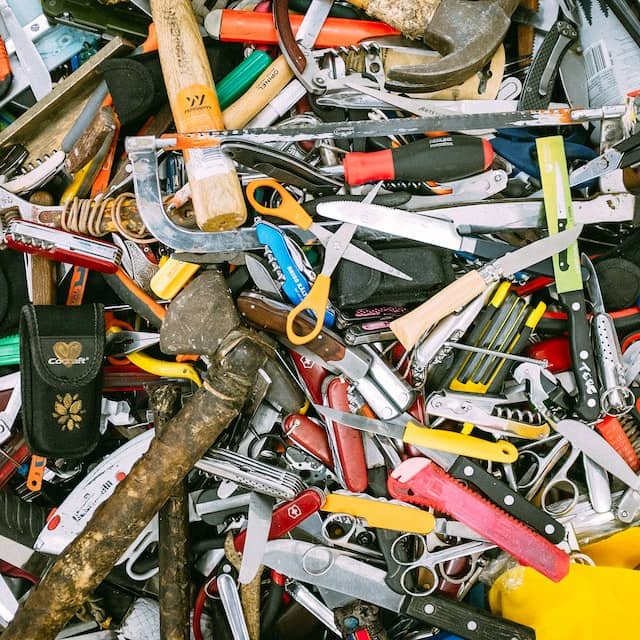· anonymous · education · 3 min read
A Guide to Crafting an Excellent First Pull Request on GitHub

A Guide to Crafting an Excellent First Pull Request on GitHub
GitHub, the world’s leading platform for collaborative software development, is a hub of innovation and creativity. Making your first contribution through a Pull Request (PR) can be a thrilling experience. Whether you’re a seasoned developer or just starting out, this guide will walk you through the steps to create an excellent first pull request on GitHub.
1. Select the Right Repository
Choosing the right repository is crucial. Opt for one that aligns with your interests and skill level. Look for repositories labeled as “beginner-friendly” or those with issues tagged as “good first issue”. This ensures that you’re entering a space where your contributions are not only welcome but valued.
2. Familiarize Yourself with the Project
Before you dive in, take some time to understand the project’s structure, guidelines, and coding conventions. Read the README, contributing guidelines, and any available documentation. This will help you integrate your changes smoothly and adhere to the project’s standards.
3. Setting up Your Local Environment
Clone the repository to your local machine using the git clone command. Create a new branch using a descriptive name related to the issue you’re addressing. This isolates your changes and allows for easy tracking.
git clone <repository_url>
git checkout -b <branch_name>
4. Make Your Changes
This is where your creativity and coding skills come into play. Address the issue you selected, making sure to follow best practices and adhere to the project’s coding style. Write clear and concise code, and remember to add comments for better readability.
5. Test Your Changes
Before creating a pull request, ensure that your code works as intended. Test it thoroughly to catch any potential bugs or issues. If the project has a testing suite, make sure to run it to verify that your changes pass all relevant tests.
6. Commit Your Changes
Break your work into small, logical commits. Each commit should represent a single, meaningful change. Write clear and descriptive commit messages that explain what each change does. A common pattern is to use conventional commits, which are easy to understand and follow.
git add -u # stage all modified files
git add . # stage all new files, don't do this if you don't want to add new files
git commit -m "Brief description of the change"
7. Push Your Changes
Once you’ve made and committed your changes, push them to your forked repository on GitHub.
git push origin <branch_name>
8. Create the Pull Request
Navigate to the original repository on GitHub and click on the “New pull request” button. Select your branch and write a clear and informative title and description for your pull request. Mention the issue number if applicable.
9. Engage in Discussion
Be prepared for feedback from the maintainers. They might ask for clarifications, request changes, or even merge your PR right away. Stay open to suggestions and be responsive to comments.
10. Celebrate Your Contribution
Congratulations! You’ve just made your first pull request on GitHub. Your code is now part of an open-source project, and you’ve become a contributor to the global developer community.
Conclusion
Making your first pull request on GitHub is a significant milestone in your journey as a developer. It’s an opportunity to learn, collaborate, and showcase your skills to the world. Remember, the key to a successful pull request lies in selecting the right repository, understanding the project, and following best practices in coding and collaboration. So go ahead, find a project that excites you, and start contributing! Happy coding!